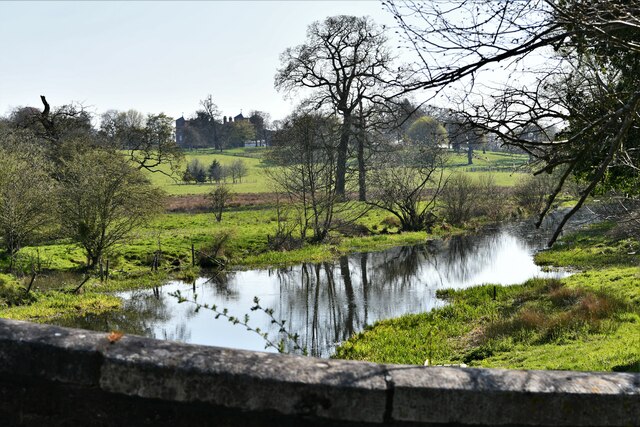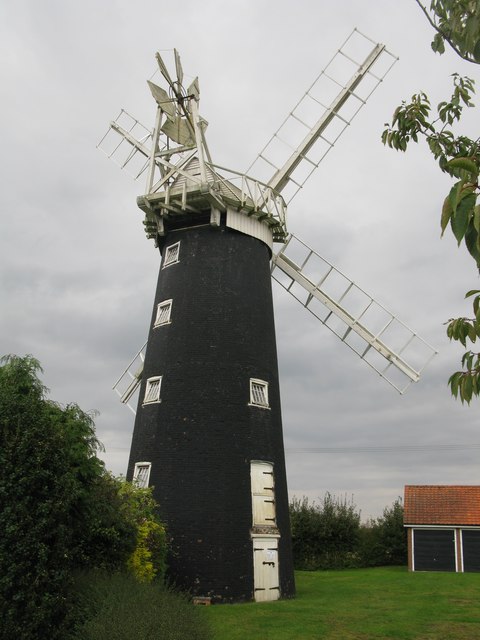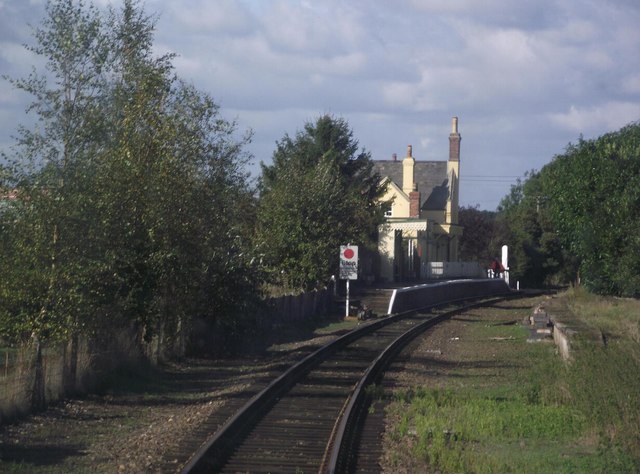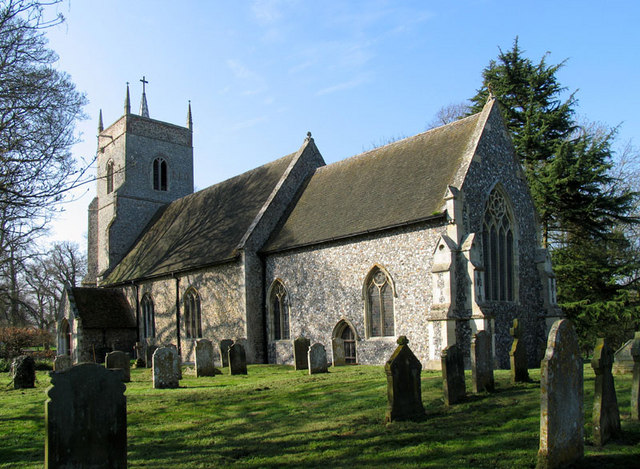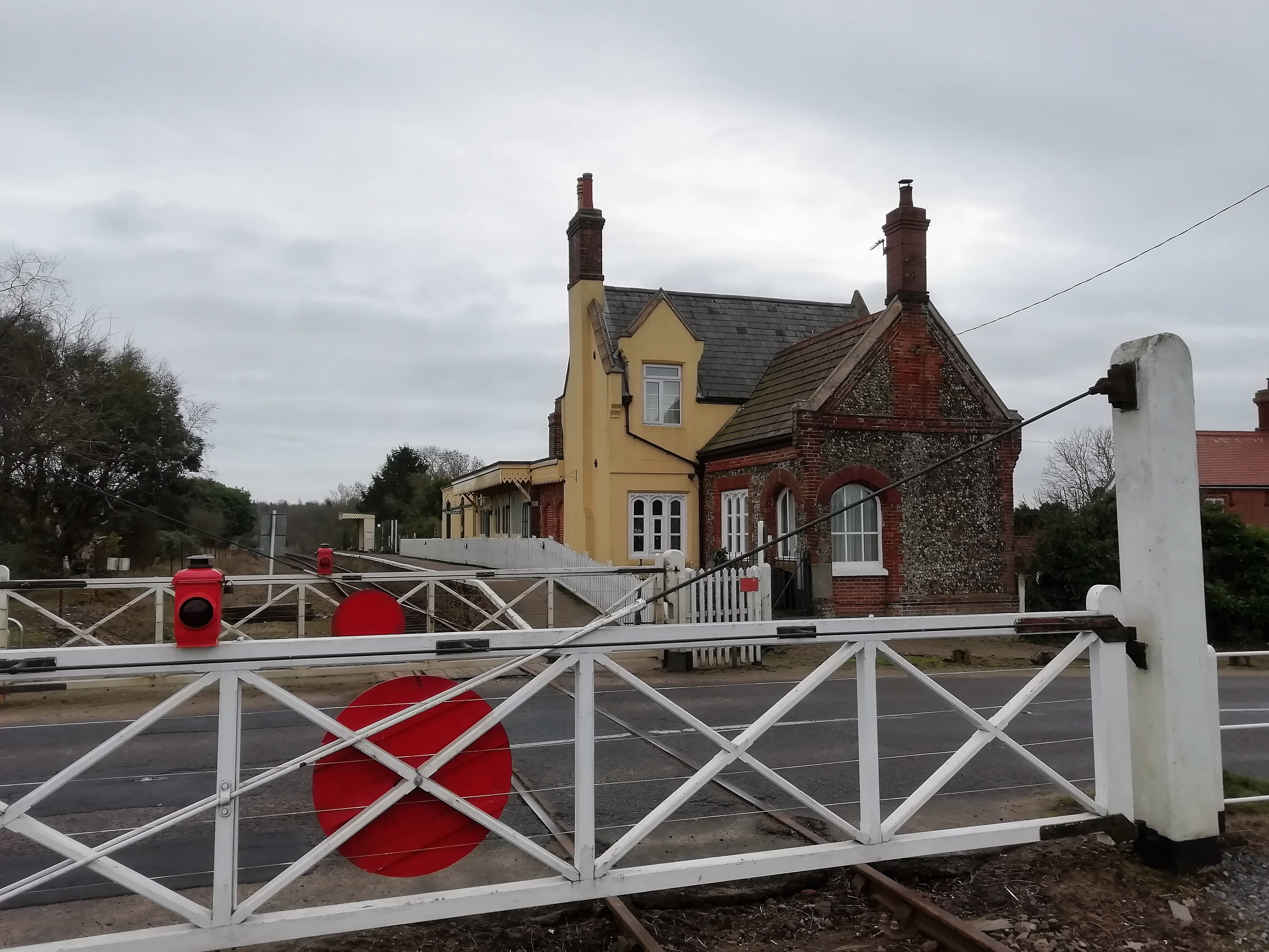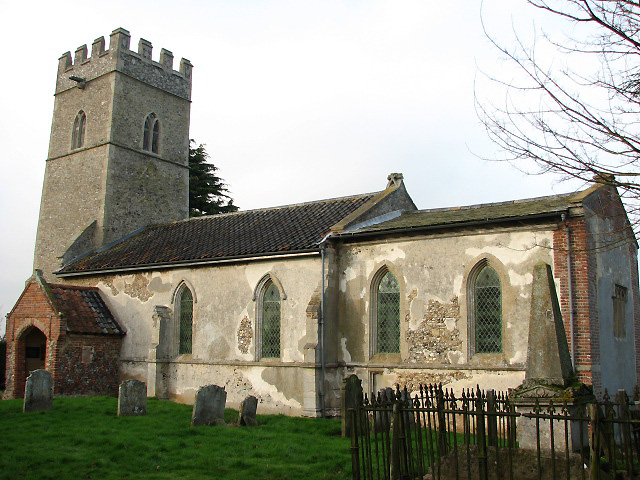The Clumps
Wood, Forest in Norfolk South Norfolk
England
The Clumps

The Clumps in Norfolk, also known as Norfolk Wood or Norfolk Forest, is a sprawling natural area located in the eastern region of England. Spanning over a significant landmass, The Clumps is a renowned woodland destination that attracts locals and tourists alike with its picturesque beauty and tranquil ambiance.
The woodland is characterized by its dense canopy of tall, mature trees, predominantly consisting of native species such as oak, beech, and birch. These towering trees provide a sheltered environment, creating a cool and shaded atmosphere even during the hottest summer months. The forest floor is covered in a thick carpet of moss, ferns, and wildflowers, adding to the enchanting atmosphere of the area.
Visitors to The Clumps can explore the woodland through a network of well-maintained footpaths and trails, allowing them to immerse themselves in the natural surroundings. The forest is home to a diverse range of wildlife, including various bird species, small mammals, and insects. Nature enthusiasts can spot woodpeckers, deer, and even the occasional fox or badger roaming amidst the trees.
The Clumps offers a serene retreat for those seeking solitude and a chance to reconnect with nature. The peacefulness of the woodland makes it a popular spot for outdoor activities such as hiking, cycling, and birdwatching. Whether it's a leisurely stroll through the trees or an adventurous exploration of the forest trails, The Clumps provides a rejuvenating experience for all who visit.
If you have any feedback on the listing, please let us know in the comments section below.
The Clumps Images
Images are sourced within 2km of 52.59498/1.0678021 or Grid Reference TG0704. Thanks to Geograph Open Source API. All images are credited.
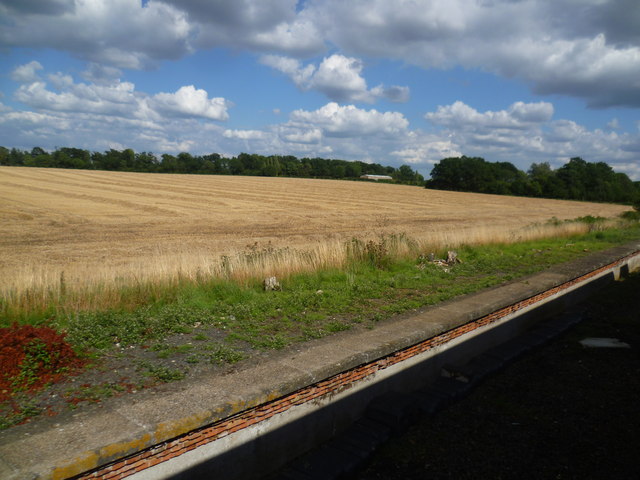
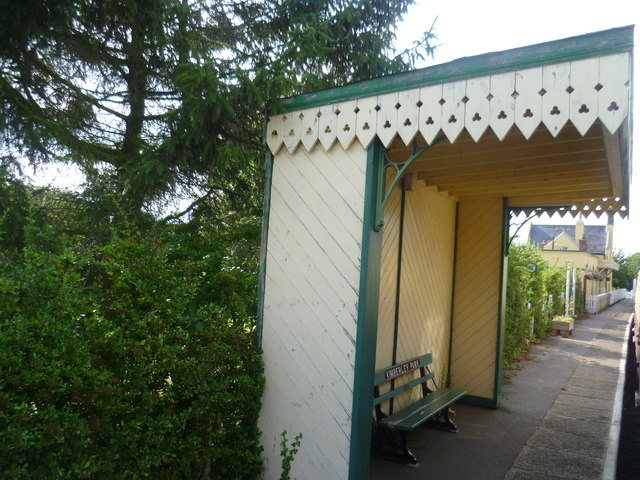
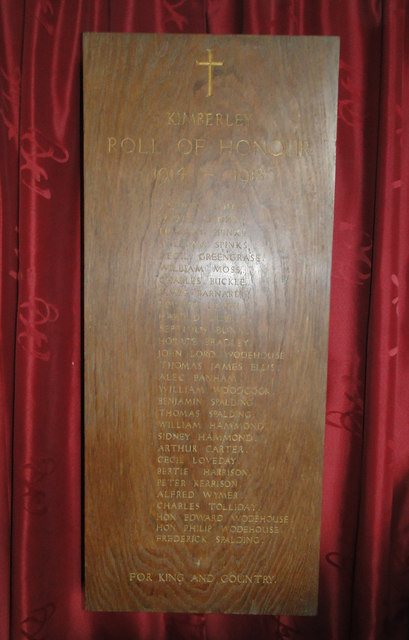
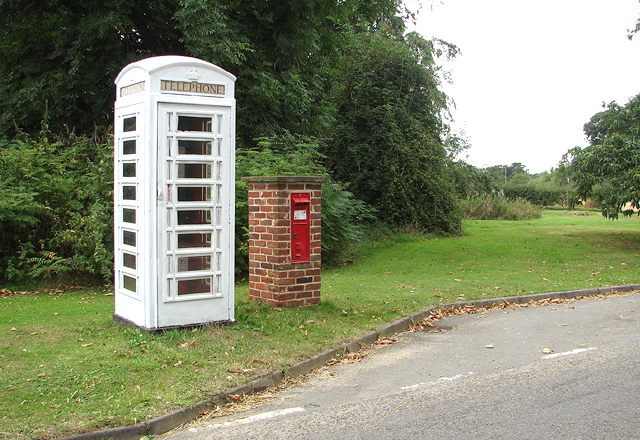
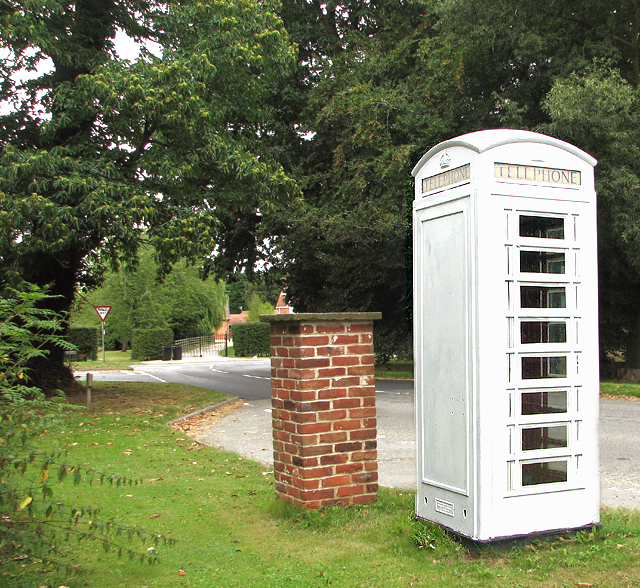
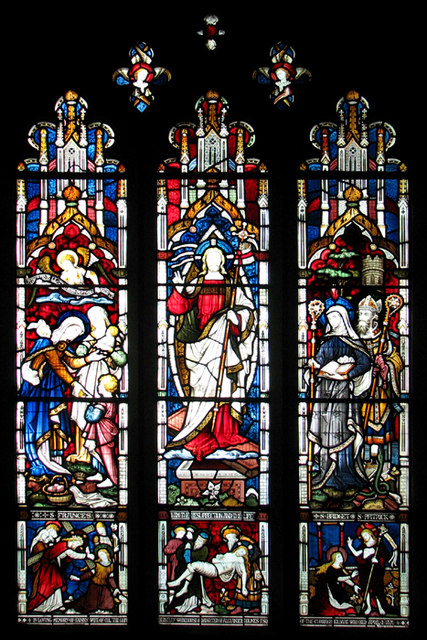
The Clumps is located at Grid Ref: TG0704 (Lat: 52.59498, Lng: 1.0678021)
Administrative County: Norfolk
District: South Norfolk
Police Authority: Norfolk
What 3 Words
///became.flooding.interview. Near Hingham, Norfolk
Nearby Locations
Related Wikis
Kimberley, Norfolk
Kimberley is a village and civil parish in the South Norfolk district, in the county of Norfolk, England, situated about 3 miles (4.8 km) north-west of...
Kimberley Park railway station
Kimberley Park railway station is a railway station in the village of Kimberley in the English county of Norfolk. == History == The Wymondham-Dereham branch...
Wicklewood Roman Temple
Wicklewood Roman Temple is the site of a Romano-Celtic temple near Wicklewood and about 1.5 miles (2.4 km) north-west of Wymondham, in Norfolk, England...
Wicklewood
Wicklewood is a village and civil parish in the South Norfolk district of Norfolk, England. It is located 11 miles (18 km) west of Norwich next to the...
Carleton Forehoe
Carleton Forehoe is a village and former civil parish 9 miles (14 km) west of Norwich, now in the parish of Kimberley, in the South Norfolk district, in...
St Michael's Church, Coston
St Michael's Church is a redundant Anglican church in the hamlet of Coston, in the civil parish of Runhall, Norfolk, England. It is recorded in the National...
Coston Fen, Runhall
Coston Fen, Runhall is a 7.1-hectare (18-acre) biological Site of Special Scientific Interest between Dereham and Wymondham in Norfolk. It is part of the...
Barnham Broom
Barnham Broom is a village and civil parish in the English county of Norfolk. The village is situated on the River Yare, 9 miles (15 km) West of Norwich...
Nearby Amenities
Located within 500m of 52.59498,1.0678021Have you been to The Clumps?
Leave your review of The Clumps below (or comments, questions and feedback).


